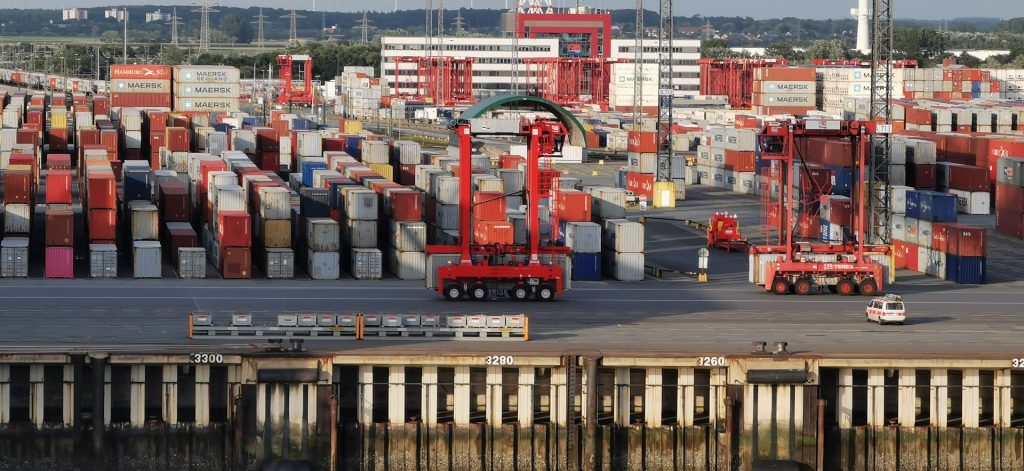New research from Tideworks Technology and Port Technology International highlights a growing divide between the strategic goals of intermodal terminals and the realities of their digital capabilities. While a majority of operators acknowledge the critical role AI and automation will play in their future competitiveness, foundational shortcomings, like poor data visibility, outdated tools, and strained partner integration, are impeding progress.
AI Goals Outpace Digital Capabilities
According to the PTI and Tideworks Emerging Tech Survey, 84% of smaller terminals list digitalization as their top priority, yet over half still rely on spreadsheets for core data tasks. Even among larger terminal networks (with 11+ sites), only 36% report using AI to collect and analyze operational data, despite 73% acknowledging it as a competitive necessity.
The survey, which gathered responses from 107 intermodal operators across North America, Europe, Asia, and Latin America, underscores a widespread readiness problem. Capacity management and yard utilization emerged as the top operational challenges, cited by 63% of respondents. Meanwhile, 44% lack real-time data visibility and 42% struggle with data accuracy, issues that not only stymie performance but also make advanced analytics harder to implement effectively.
Terminal Operating Systems (TOS) are now used by 65% of respondents, and dashboards are becoming more common, with 73% adoption. However, these systems alone aren’t solving deeper data flow and decision-making issues, particularly when siloed or poorly integrated.
Integration and Talent Gaps Persist
Integration remains one of the most pressing roadblocks. Sixty percent of respondents reported difficulties connecting with external partners and customers, limiting the broader ecosystem’s ability to leverage shared data for improved coordination. Additionally, 40% noted a lack of in-house analytics talent, hindering the ability to make use of even the data that is available.
Adoption of automation tools is showing moderate growth: 64% now use automated gate systems, 53% employ vehicle booking systems, and 51% have implemented optical character recognition (OCR) or optical feature recognition (OFR). Still, these pockets of progress don’t yet amount to full digital transformation—particularly when the majority of systems remain reactive rather than predictive.
Tideworks VP Chad Van Derrick underscores the root of the issue in an official statement: “The appetite for AI and automation is growing, but readiness is the real hurdle. To unlock the value of these technologies, terminals need to invest in the basics: a modern data platform, clear governance, and optimization tools that turn information into action.”
Laying the Groundwork for AI Success
The findings from the Tideworks-PTI survey offer a grounded view of where intermodal terminals stand in their digital journey. To move from intent to impact, operations and supply chain leaders need to focus on getting the basics right. That starts with replacing manual processes, like spreadsheet tracking, with systems that give accurate, up-to-date information across the terminal or network. Without that, advanced tools like AI can’t deliver real value.
Integration, both internally and with partners, should be treated as a competitive capability. Without it, analytics and AI efforts remain localized and limited in impact.
Finally, build confidence in using data at all levels of the organization. That includes moving away from manual data processes, investing in interoperable platforms, and developing internal capabilities to interpret and act on insights.








